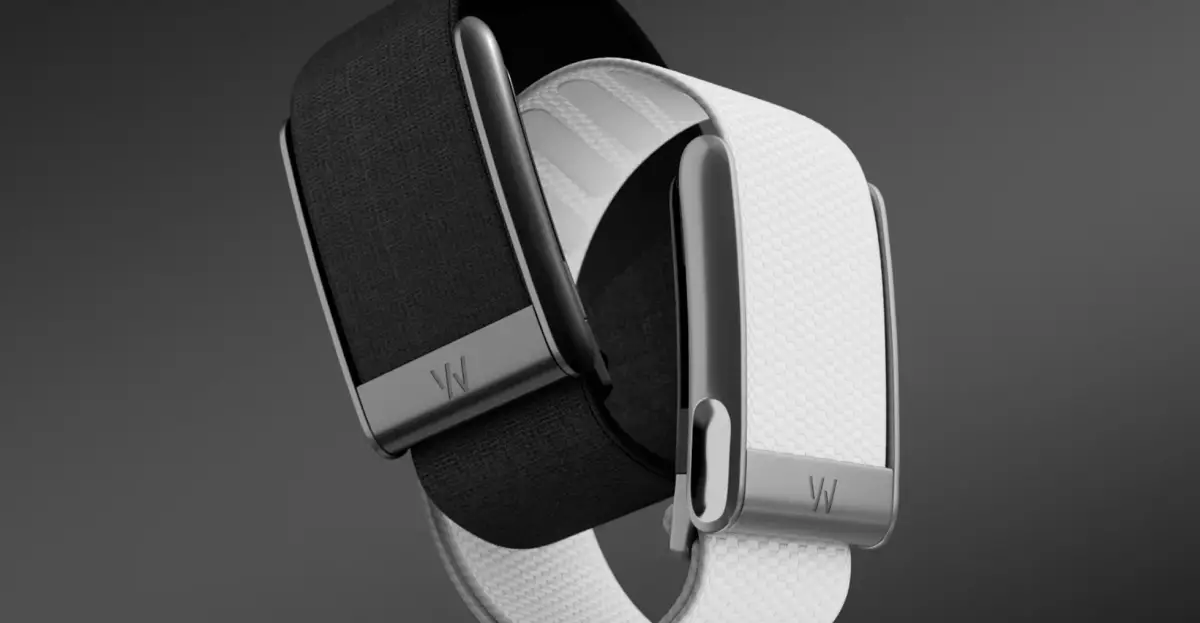In the rapidly evolving landscape of wearable fitness technology, innovation often comes with significant risks. Whoop, the company known for its performance monitoring and fitness tracking solutions, has recently faced backlash over the reliability of its newly launched Whoop MG fitness trackers. This controversy highlights not only the challenges of technological advancement but also the urgent needs of consumers who rely on these devices for health and fitness insights. As a user and observer of this unfolding situation, it raises essential questions about the integrity of tech companies and their products.
Faulty First Impressions
Launched alongside the Whoop 5.0, the Whoop MG trackers, boasting state-of-the-art features such as EKG readings and blood pressure tracking, were met with an initial wave of anticipation. Priced at a premium $359 annually for subscription access, the expectations were sky-high. However, almost immediately post-launch, reports began flooding in from dissatisfied users whose trackers stopped functioning unceremoniously. The anecdote shared by a disgruntled customer who saw their brand-new tracker go dark after merely eight hours serves as a microcosm of overall user experiences. What’s alarming is not just the frequency of failure but the eerie cases where these devices become unresponsive within mere thirty minutes of usage.
Proactive Responses or Overzealous Replacements?
In a rather unconventional move, Whoop has been proactively replacing malfunctioning trackers—even those that users have not yet deemed problematic. This preemptive approach raises concerns regarding the quality assurance processes in place within the company. While it may seem beneficial from a customer service standpoint, it feeds into a narrative where the technology isn’t trustworthy from the outset, prompting users to wonder if Whoop anticipated these issues and rushed the product to market anyway.
While some may appreciate the swift response to replace defective units, the fact that certain users receive replacements without having reported any issues is perplexing and reveals a distrust in the product’s durability. As a user, receiving a notification for a replacement tracker without experiencing any problem doesn’t instill confidence but rather prompts questions: Are these devices built to last or merely a stopgap solution in a flawed product line?
Company Response and Customer Trust
The tech community’s reaction to Whoop’s handling of the MG failures has been a blend of skepticism and concern. Initial attempts to troubleshoot through basic steps like charging the device or resetting it have proven ineffectual for many. This echoes broader themes in tech: users feel increasingly frustrated and alienated when tech companies fail to offer robust solutions for their problems, especially when considering the hefty price tag associated with such devices.
Adding fuel to the fire, Whoop’s navigation of customer expectations has not been smooth sailing. Earlier in May, when news broke about added requirements for customers to maintain upgraded memberships, many felt blindsided. Previously, a six-month remaining subscription qualified users for an upgrade to the Whoop 4.0, but now the company suddenly doubled that requirement for the Whoop 5.0, leading to outrage. This inconsistency has only fueled speculation about corporate motives and the underlying trustworthiness of Whoop as a brand.
The Bigger Picture: Health and Technology Integration
As a culture, we are increasingly reliant on technology for tracking our health metrics, managing fitness goals, and even gaining insights crucial for our well-being. Devices like Whoop are positioned as essential tools in our fitness arsenal, yet events like this underline the fragility involved. Companies like Whoop can’t afford malfunctions or poor customer relations when consumers are entrusting their health data to them.
As health tech advances, it becomes critical for firms to prioritize rigorous testing and validation before launching new products to market. The fallout from the Whoop MG’s problematic rollout serves as a cautionary tale—reinforcing the need for transparency and effective customer support systems to ensure that users feel valued rather than viewed as mere data points. Users ultimately want reliability, trust, and an experience that matches the costs associated with high-tech wearable devices.

